After learning what an overcast stitch is, I came across a double overcast stitch. Not only does it keep your fabric edges neat and secure. But it also adds a layer of durability.
The process is pretty simple, too.
To do a double overcast stitch by hand, pass the needle through the pieces of fabric edge, loop it over twice, and repeat along the edge to secure it.
Sounds interesting, right? So it does to me, too. I had to try, and here is how it turns out.Let’s give you a closer look at the overcast stitch. So, you won’t mix it up with a double overlock stitch.
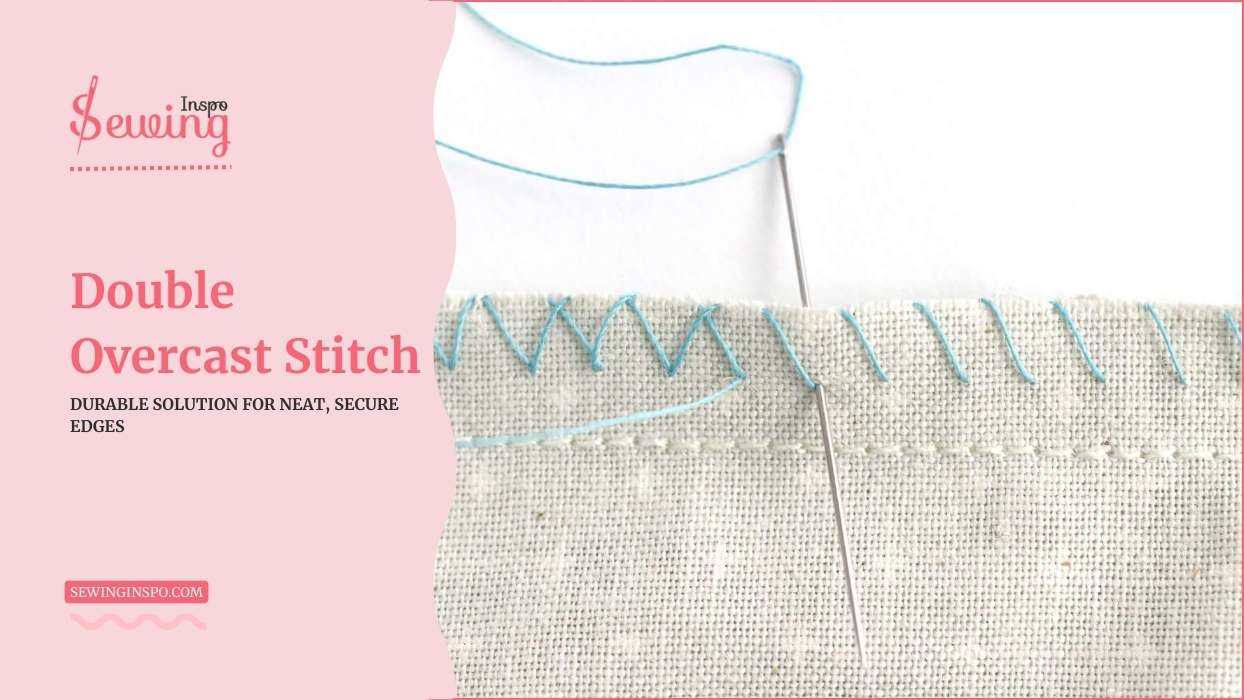
Table of Contents
How To Do Double Overcast Stitch By Hand?
So now let’s do a double overlock stitch by hand follow the bellow steps,
Do A Basic Double Overlock Stitch

To do the double overcast stitch, you gotta do the basic overcast stitch. First, I thread my needle with Mettler silk-finish cotton thread and tie a knot at the end.
Position The Fabric With The Raw Edge Facing Me
I position the fabric with the raw edge facing me, ready to secure and to do an overcasting stitch by hand.


I start by inserting the needle from the back of the fabric, close to the edge, and pull it through.
But I don’t pull it through, leaving a small thread loop along the fabric edge. Do more couple of stitches. Basically, do the basic overcast stitch until the end of the edge. This process may seem like overlock stitch but it isn’t. Overlock & overcast are totally different stitch.
Insert The Needle Under The 1st Stitch Line.
Now it’s time to make the double effect of double stitch,
Insert the needle under the 1st stitch line. And pull the thread until the end. Just like you would do for whip stitch.


It will look like the ‘x’ effect of stitch like this,
I repeat this step, looping the thread over the edge before inserting the needle further ahead. To make the overcasting stitch perfectly.
Continue This Process Along The Fabric Edge
I continue hand overcast stitch process along the fabric edge. I make sure each stitch overlaps slightly with the one before it. Once I’ve covered the entire edge, I tie off the thread on the backside to secure everything in place.
Double Overcast Stitch Patterns
Double overcast stitch crochet or stitch no matter what you try. I love it more than any other stitch. It is an easy way to secure the woven fabric edge a little stronger. I try it on the same patterns for my sewing book, too. Here is how it turns out,


Frequently Asked Questions
Can I Use The Double Overcast Stitch On Any Type Of Fabric?
Yes, it works well on almost any fabric, but it’s especially helpful for fabrics that fray easily, like lightweight cotton or silks. It adds extra strength to the edges for heavier fabrics like denim or canvas.
Is The Double Overcast Stitch Easy To Learn?
Yes, it’s relatively simple to pick up once you get the hang of looping the thread over twice. With a little practice, it becomes second nature.
Can I Do The Double Overcast Stitch By Machine?
While the double overcast stitch is typically done by hand for a more controlled finish, you can replicate a similar effect using an overcast or zigzag stitch with a sewing machine.
Outro
That’s It’s quick to learn, yet packs a punch when it comes to keeping your fabric edges neat, secure, and fray-free. So, give it a try—once you do, you’ll wonder how you ever sewed without it.
Happy stitching, and enjoy its durability and professional touch to all your creations!

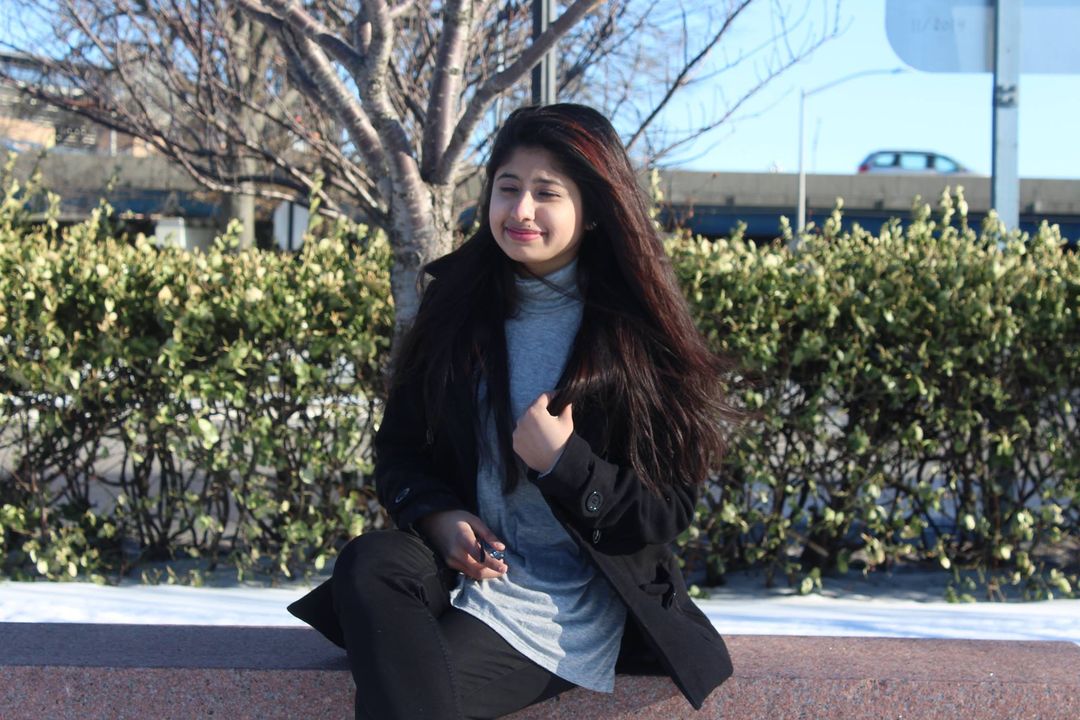
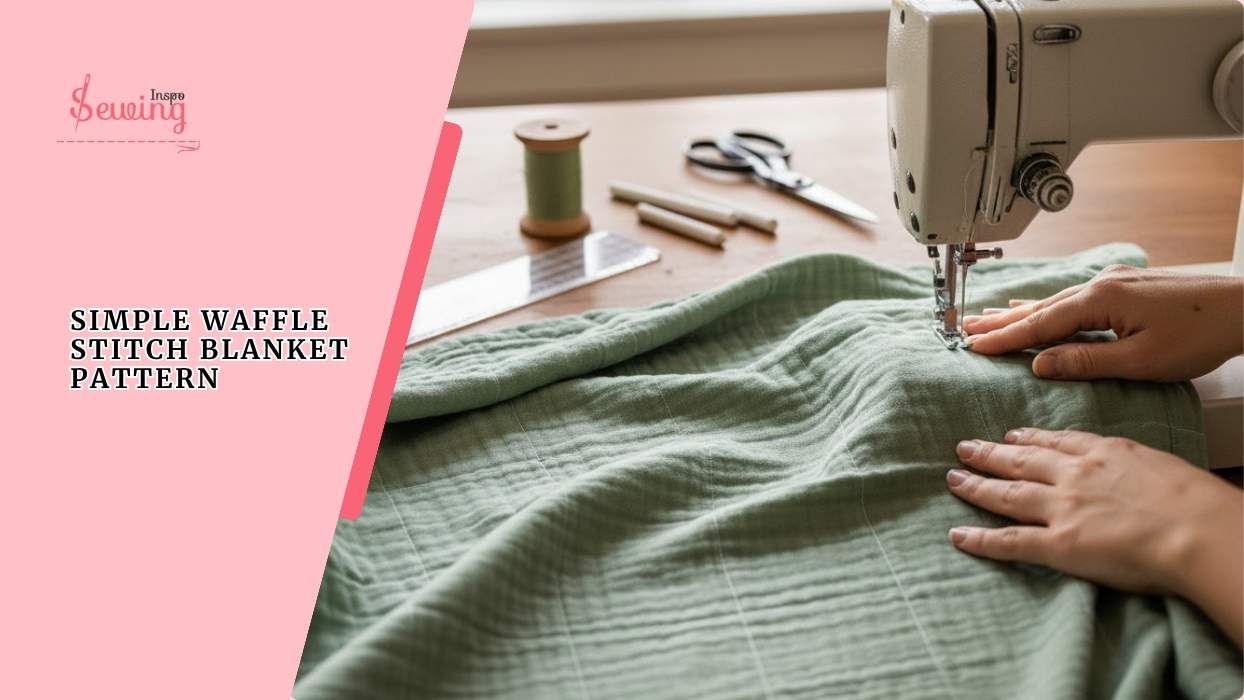
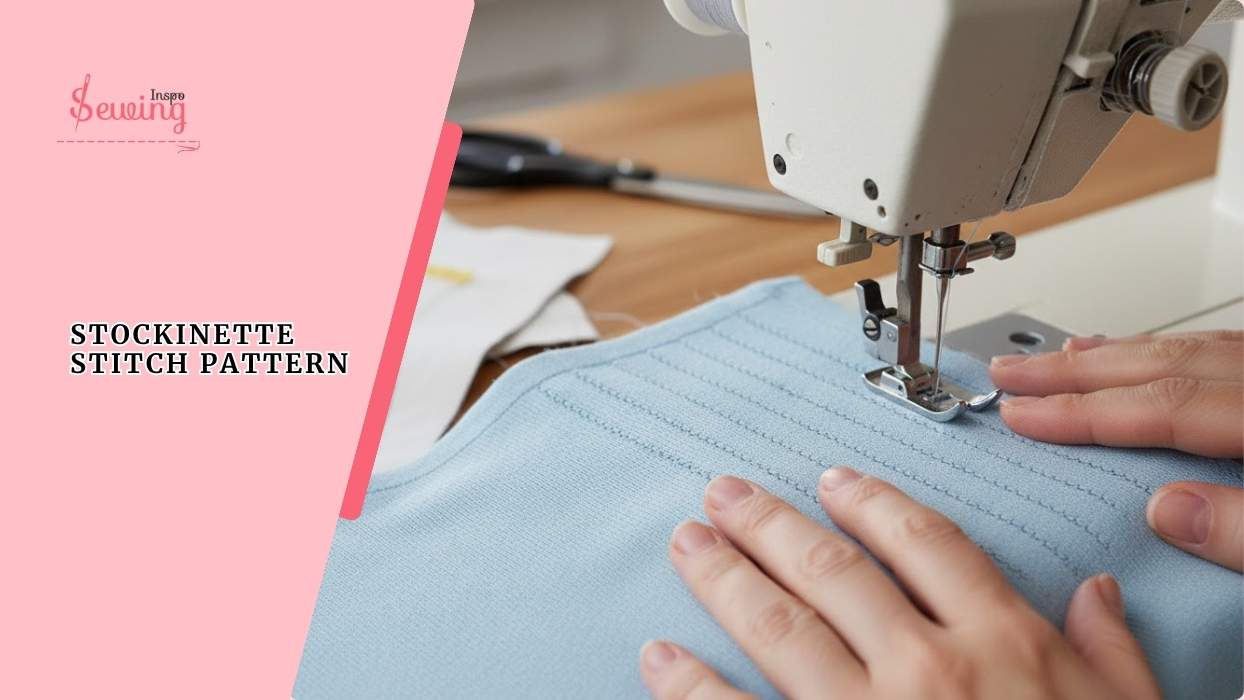
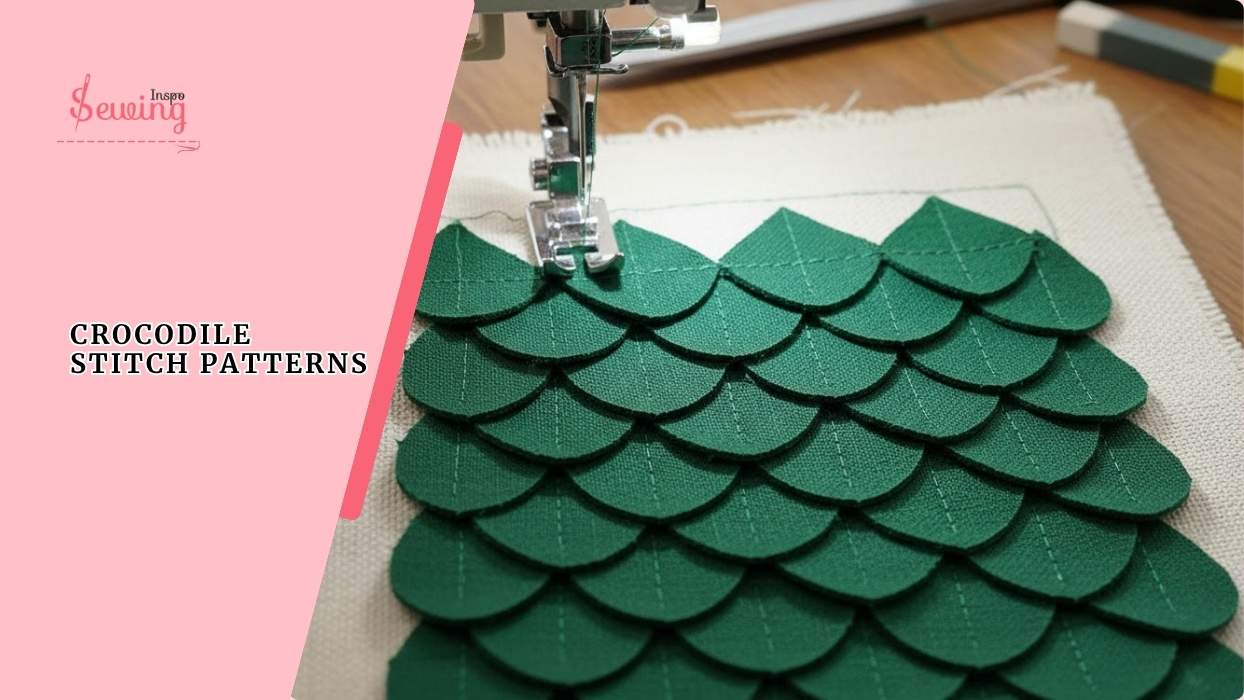
Leave a Reply